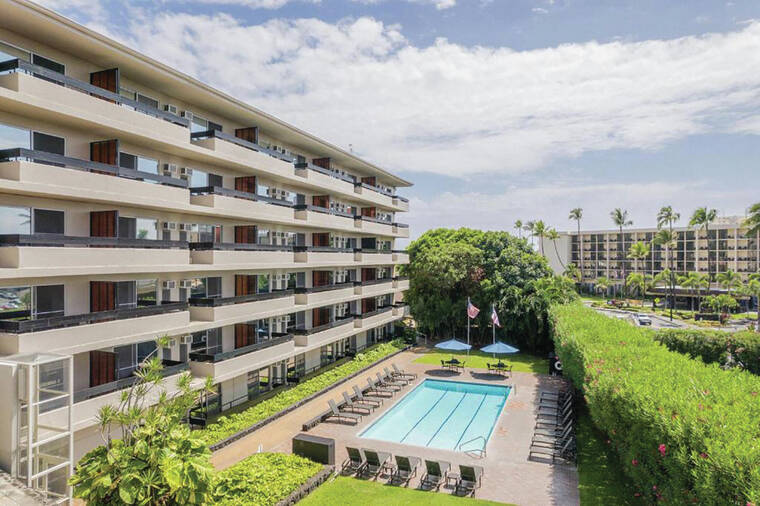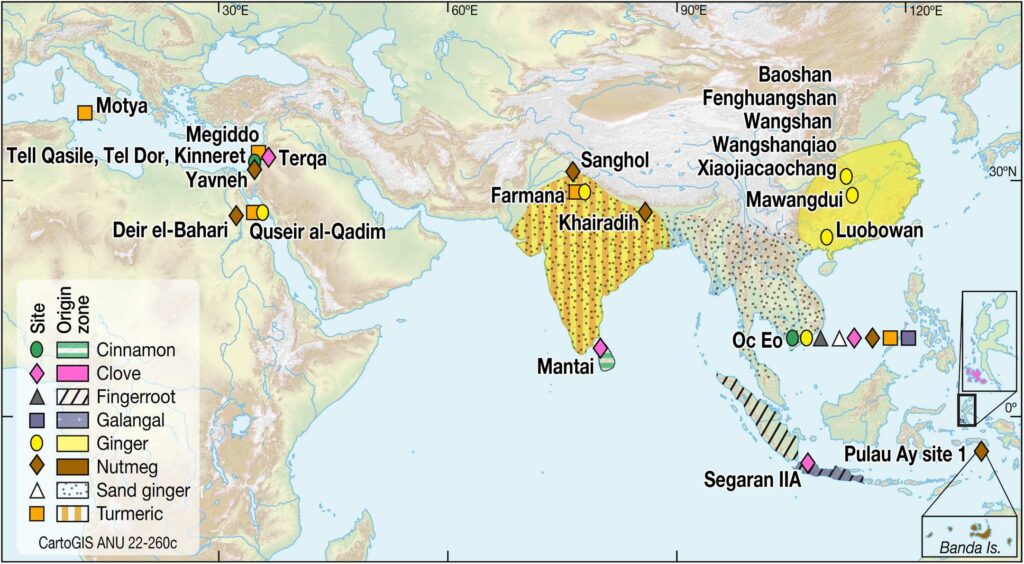William James Kimi was born on January 10, 1898, in Hilo, Hawaii; his father, Sapau James Kimi Fong, was 41 and his mother, Maria da Conceicao Cozy Deniz, was 19. He married Matilda Elizabeth Wassman on May 28, 1920, in Hilo.
“Kimi had a long and varied career. He and the late State Sen. William H. (Doc) Hill began their political careers together in 1928 when both were elected to the Territorial House as Republicans. Kimi served in the Senate in the 1935 and 1937 legislatures, switched to the Democratic Party in 1938 and in 1959 rejoined the GOP.”
“The kamaaina had served as liquor commissioner, County Building Inspector and a variety of other appointments. His business career was widely varied from cane grower, to housing developer (Kimiville [a low rent housing development in Hilo])”. (HTH, Aug 20, 1971)
One of Kimi’s sons, Richard Wassman Kimi (born Feb 3, 1925), “had to learn at a young age whatever skills it took to help put food on the family table. As his father was quite the entrepreneur.”
“Richard worked hard at their drive-in diner at nights, Hilo’s only roller skating rink on weekends, the circus when it came to town, and waking up at 2 am every morning to make ice cream that he would sell at chicken fights and pay days in the Hamakua Coast plantation camps.”
He “yearned and learned to be a salesman. His education [was on] the streets rather than the classroom. At age 8, because of family hardships, he lived in Kamuela with his hanai Uncle and Aunty and learned cattle raising and building roads on their ranch.”
“Right after the Pearl Harbor attacks, he enlisted to serve our country in the U.S. Army; where his leadership skills earned him his Sergeant stripes at age 19, the youngest Sergeant in the U.S. Army at the time. When the war ended he chose to return home to help his family business”.
That business “was now selling Army surplus goods (over-supplies like clothing, tents, shovels, canteens, trucks, bull-dozers, electric and plumbing fixtures) at his father’s store near Hilo airport; where Hilo Seaside Hotel is today.”
“As the business kept struggling, he turned to the construction business with the surplus equipment he could not sell. He and his brothers built Kimiville … Soon, his successful sales skills sold all the surplus store inventory; except for an old dump truck, a bulldozer, some lumber, roofing and a steam-roller.”
“He was 29 by then, but wanted a life for his family that made money while you were sleeping and decided to build a hotel where the surplus store was. All the ‘experts’ he consulted thought he was crazy yet the contrarian that he was he saw an opportunity the war had ended and prosperity was in the air why not build a hotel that was affordable to the average person?” (Legacy Obituary)
“Alan Kimi, Richard’s son and president of Seaside Hotels Hawaii, said his father never wanted to build large hotels. He said his father’s main objective was to serve local residents and budget-minded visitors.
“‘People traveled by boats in those days and the ones that traveled by plane were rich,’ Alan Kimi said ‘So his idea was, as the airplanes became bigger, what about the average guy?’”
“‘What about the local traveler, people that lived in Kona, but that wanted to go to Hilo for a couple of days but couldn’t afford it? That’s how it started.’” (Adv, Feb 1, 2009)
“So he built the 30-room Hotel Hukilau, and soon it was always busy; so he built more rooms there. As smaller propeller planes became larger jet planes; travel to Hawaii became more affordable for the masses. What about building a hotel in Kailua-Kona, so visitors could spend one week on the Big Island? (Kona Hukilau now known as Kona Seaside Hotel opened with 44 rooms in 1960.)”
“As vacations became longer guests wanted to see Maui. So the family moved to Kahului and built the Maui Hukilau (Maui Seaside Hotel today) in 1962. Jet planes became jumbo jets but could only land in Honolulu. … [He] bought the Waikiki Biltmore Hotel [now, the site of Hyatt Regency Waikiki] in 1965.”
“He was a legend in Hawaii tourism a pioneer of the kamaaina rate; air, hotel and car packages for locals, reservations by toll-free phone lines, then fax lines, and now on-line bookings. His vision was affordable and friendly hotels. Today they are known as the Seaside Hotels Hawaii. It is the only Hawaiian owned and operated family hotel chain in the world.”
“He enjoyed teaching sales, marketing and business to hundreds of students; and always favored the under-dog and the little guy. One of his students, Robert Kiyosaki, author of Rich Dad, Poor Dad books, recognized Richard Kimi as his original ‘Rich Dad’ and continues sharing his lessons to the world.” (Legacy Obituary) Richard Kimi died on December 19, 2008, in Honolulu.
Another son of William James Kiki Sr was William ‘Uncle Billy’ James Kimi, Jr (born Nov 6, 1922), Richard’s older brother. Like his younger brother, Uncle Billy was “One of the island’s most well-known residents, [who] had a number of landmark businesses, including the Uncle Billy’s Kona Bay Hotel in Kailua-Kona and Uncle Billy’s Hilo Bay Hotel. He also managed Uncle Billy’s Fish and Steakhouse for 45 years”.
In 1978, “three main partners – real estate agent Kenneth Fujiyama, transportation kingpin Chiaki Matsuo and hotelman Billy Kimi” acquired and converted the Kona Inn hotel into the Kona Inn Shopping Village (that opened as the shopping center in July 1980). (Adv, Aug 3, 1980) (Fujiyama later sold his interest in the property.) (Star Bulletin, Sep 4, 1981)
“[H]is resume would fill pages: entrepreneur, importer, financier, retailer, wholesaler, developer, accountant and farmer, innkeeper, restaurant owner, art dealer, shopping center owner and more,” the citation read in recognition of the businessman.”
“‘This is where it all started for my family,’ [Kimi] said. ‘I just wanted to have a business where my kids could work and build their families without having to leave home.’”
“Kimi was also involved in the Occupational Skills Program at Konawaena High School, which taught special education students work skills at the shopping village and hotel during the 1980s. They worked every weekday but Wednesday, in areas such as retailing, sales, cooking, laundry work, maintenance, housekeeping and construction work.”
“Kimi said at the time he helps because he ‘prefers to train people that don’t know anything’ about the hotel business and wanted to help people improve their careers. He said he’s the same with his other employees, supporting them anytime they can better themselves,’ even if that means leaving his business.
“His 70 years of entrepreneurial creativity, work and vision have provided jobs for hundreds of people in a multitude of businesses, as well as improving the Hilo and Kona communities. He has worked diligently to improve education and health care for the children of Hawaii.” (HTH, Feb 2, 2016) Uncle Billy died Feb 19, 2016.


























































